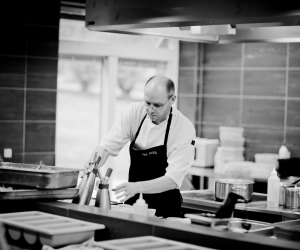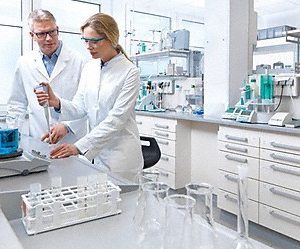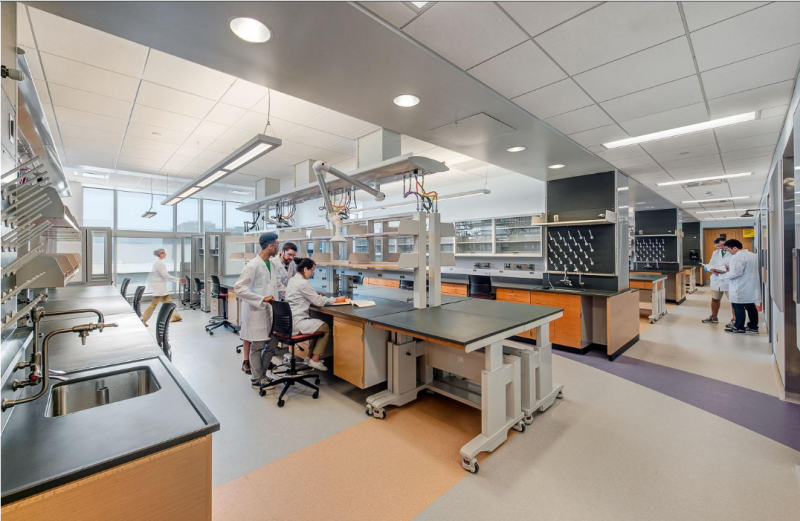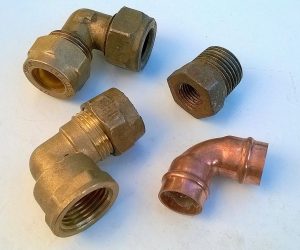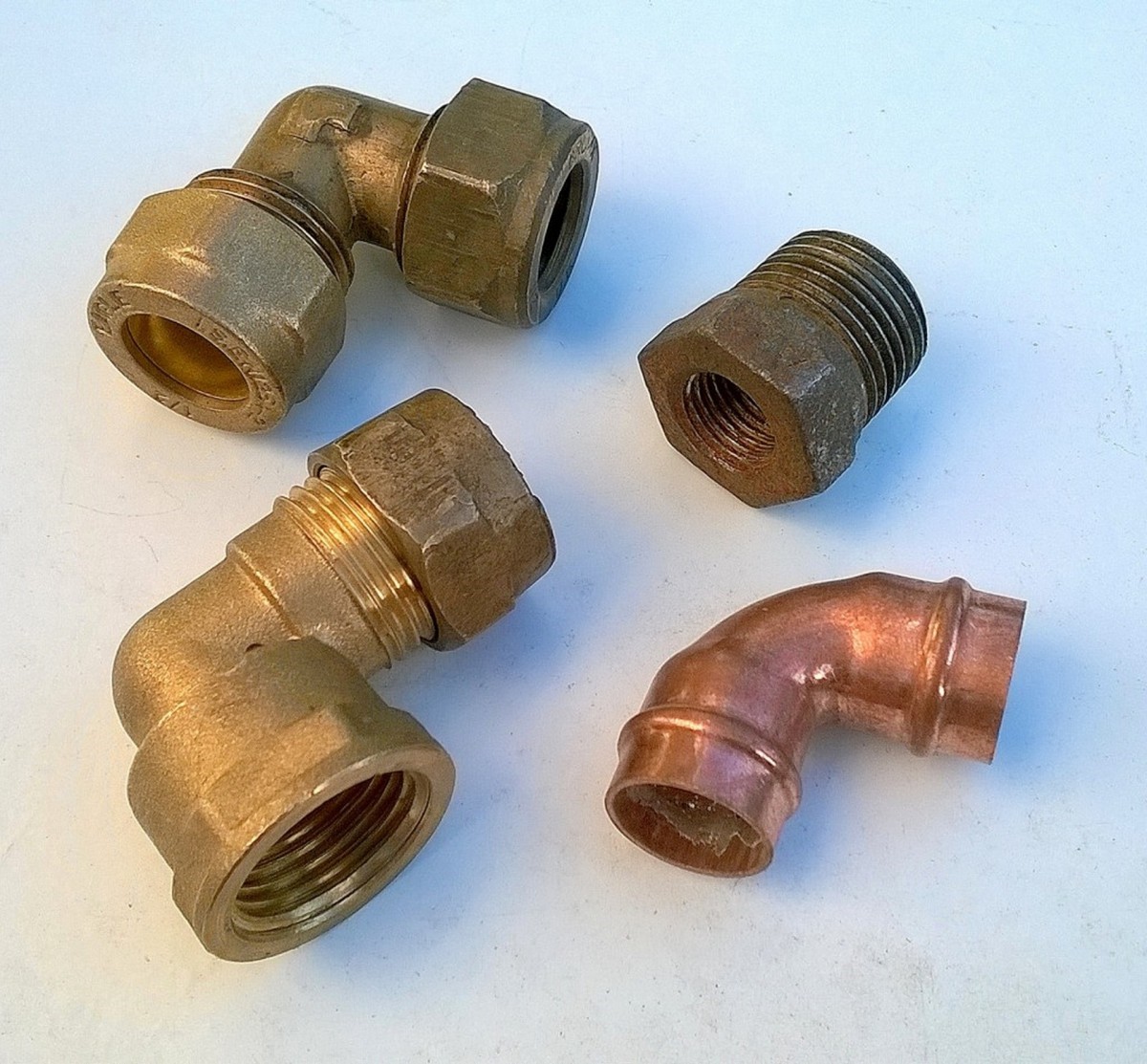Have you ever dreamed of opening up your own wedding cake company or bakery business? It’s an incredible thought to be able to do what you love in the working world, and be able to make your delicious creations for others to enjoy – so why not make this dream a reality? Before you do though, you will need to consider these important points if you want to sell your own food. It is not as simple as cooking meals in your own kitchen, and then selling them to others; consumer health and safety is a very important factor.
The First Steps
First of all, your house must be registered as a Food Business Premises; you can do this here. This must be the first thing you look into before you consider opening up your own business, and must be done at least 28 days before you are due to start selling.
It is important to set up as a sole trader on the government website too.
Research is the next important step, whether that’s visiting your local library, or looking online – it is vital to have a business plan. This will ensure you succeed in your field. You may know the basics if you’ve worked as a baker before, but you won’t know the ins and outs of business and marketing. It is important to come up with a business strategy; for example, what will your company name be? Will you have a catchy slogan to make sure your company is remembered? How will you fund your company in the beginning stages? You will also need to decide on your target market; what age range do you think your company will appeal to the most? These are a number of key points that need to be planned out.
Your kitchen
If you’re opening a business any way related to food, you will need to make sure your kitchen is perfect, for example, if you want to open your own catering business, but your kitchen hasn’t been thoroughly cleaned in ten years – it will not be a one minute task. If you feel that your kitchen needs a revamp, this could be a great investment – your kitchen is your new workplace after all. Modernise it, clean it, make sure every surface is shining, and every nook and cranny is gleaming. Before revamping your kitchen, do your research on kitchen requirements for a food business. If you’re in desperate need of a new kitchen, then you might want to check out Kitchen Showrooms Swindon way, or kitchen showroom companies near you to really gain inspiration for your dream kitchen.
Your local Environmental Health Officer
The next step would be to get in touch with your local Environmental Health Officer. This person will inspect every part of your kitchen and will make sure it is up to scratch. Double-check that you have all the required tools, and kitchen cleaning equipment that an environmental health officer would be looking for.
Get your qualifications
If you haven’t already, you need to make sure you have the required qualifications to own your own food business. You will most importantly need the Level 2 Food Safety qualification, as selling food without it is illegal. Companies such as NCASS (The National Caterers Association) have many food-related qualifications including Level 2 Food Safety.
